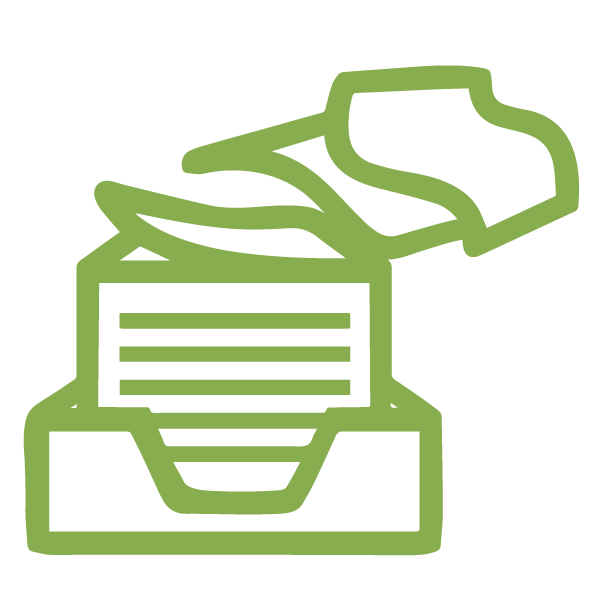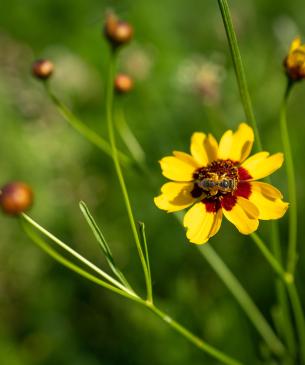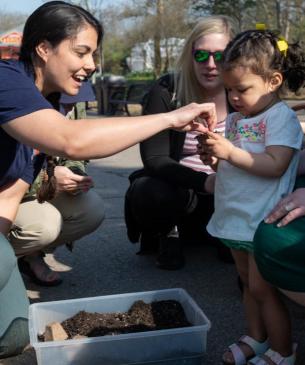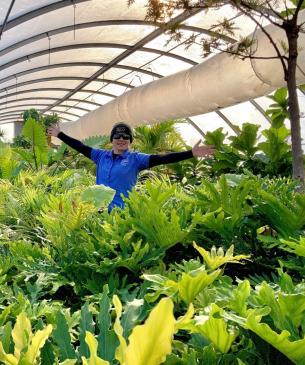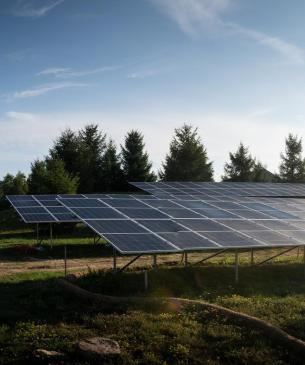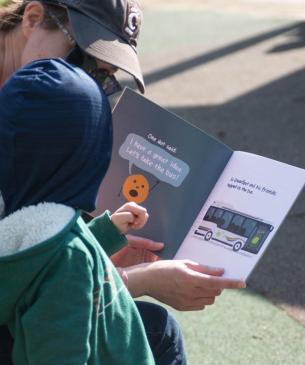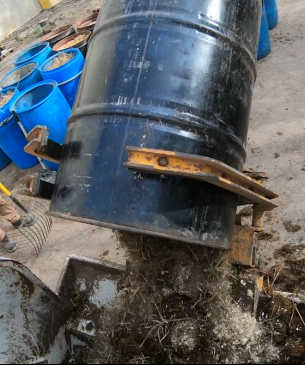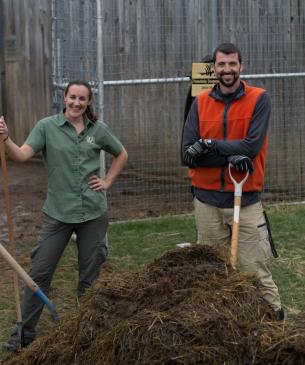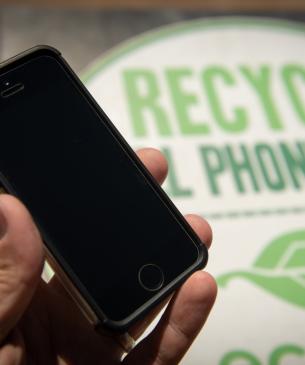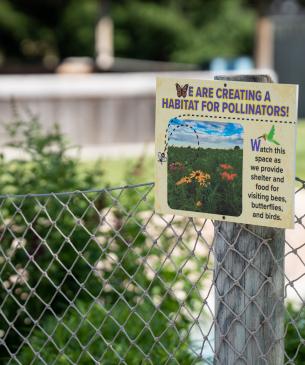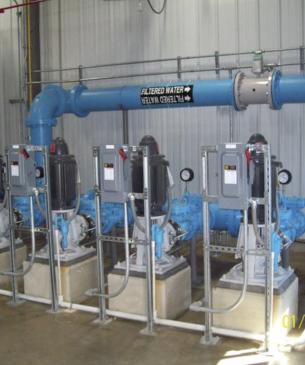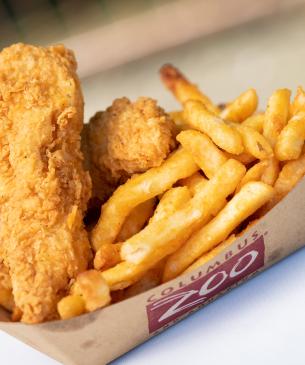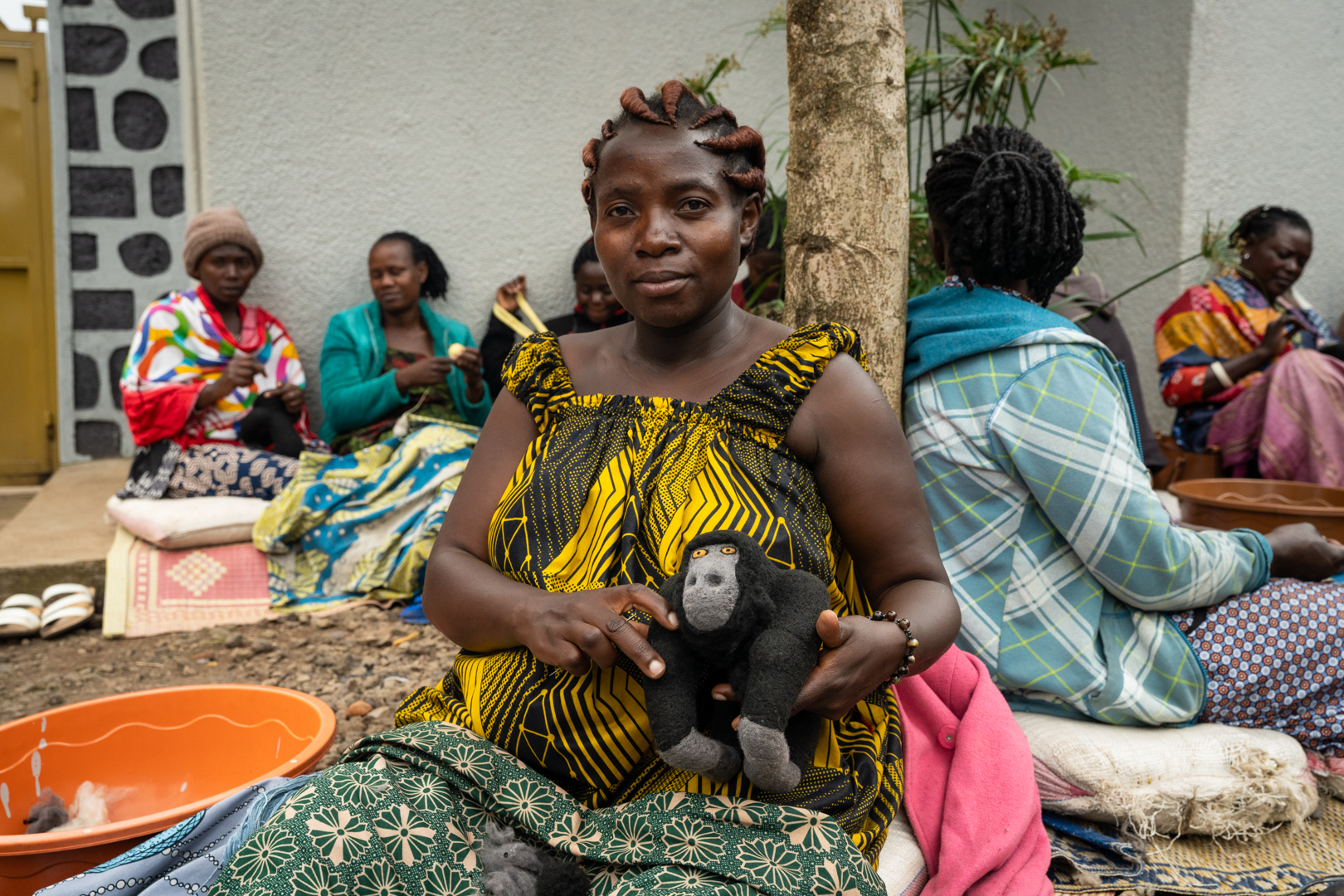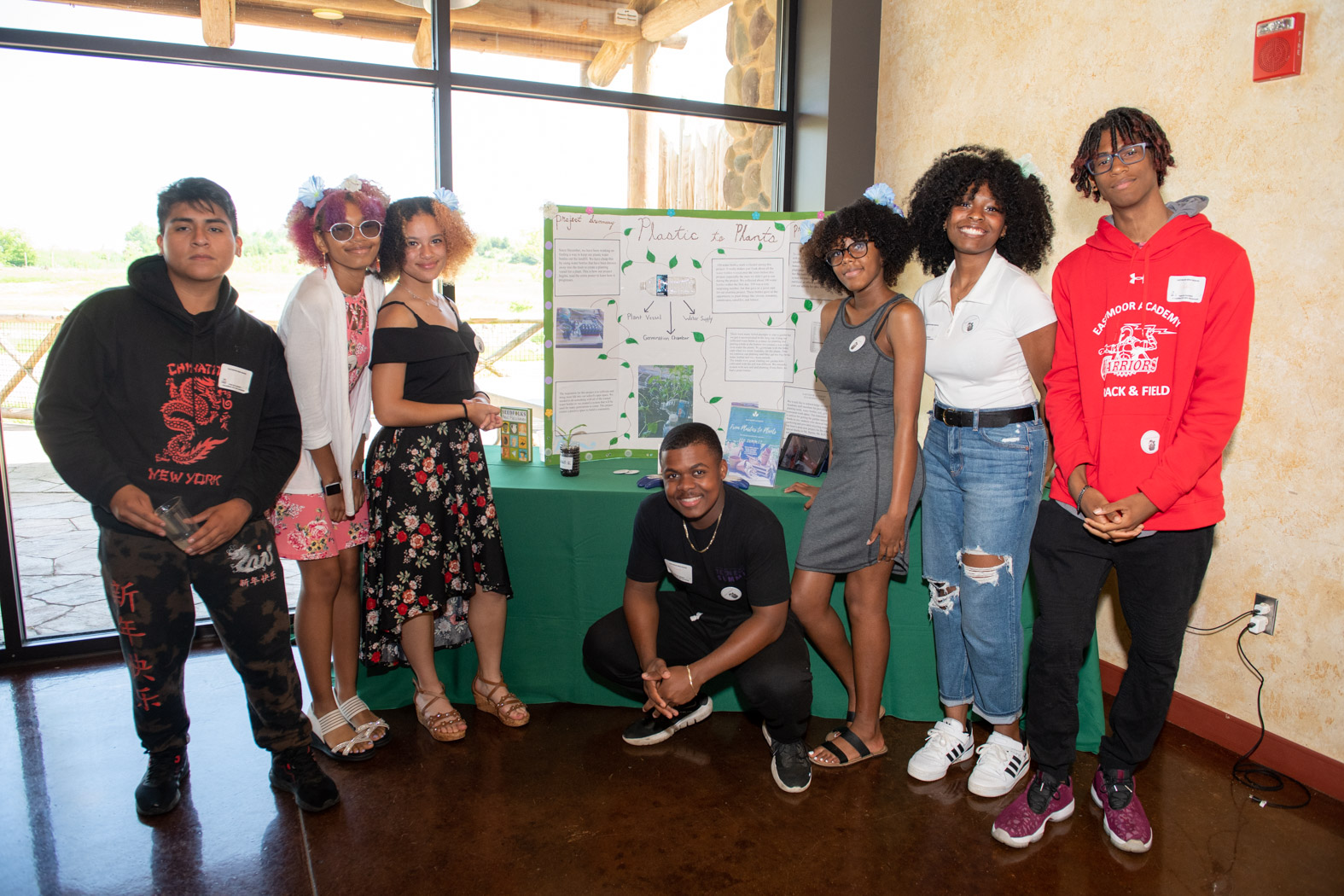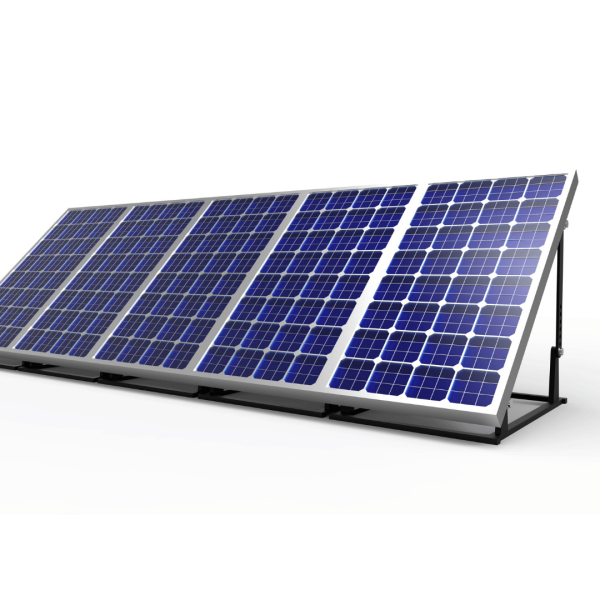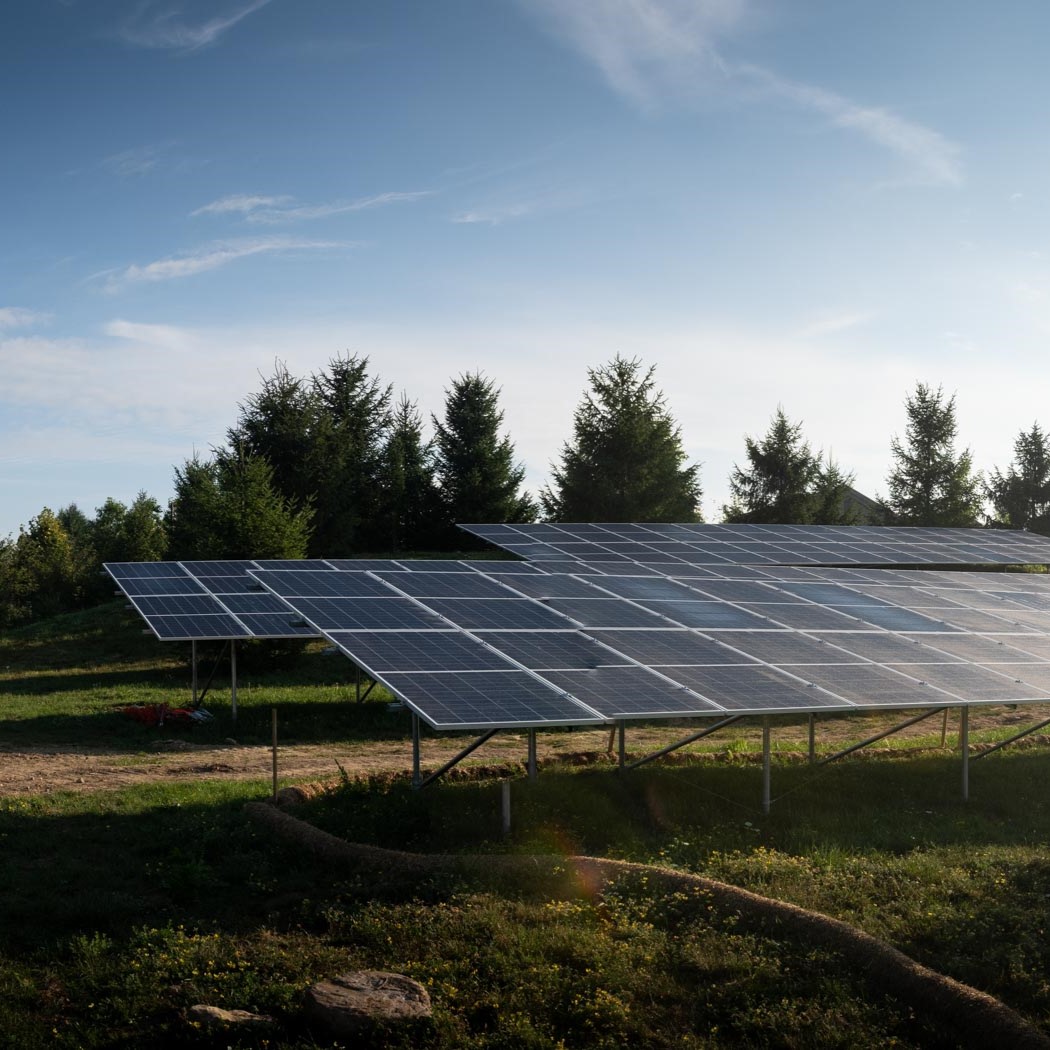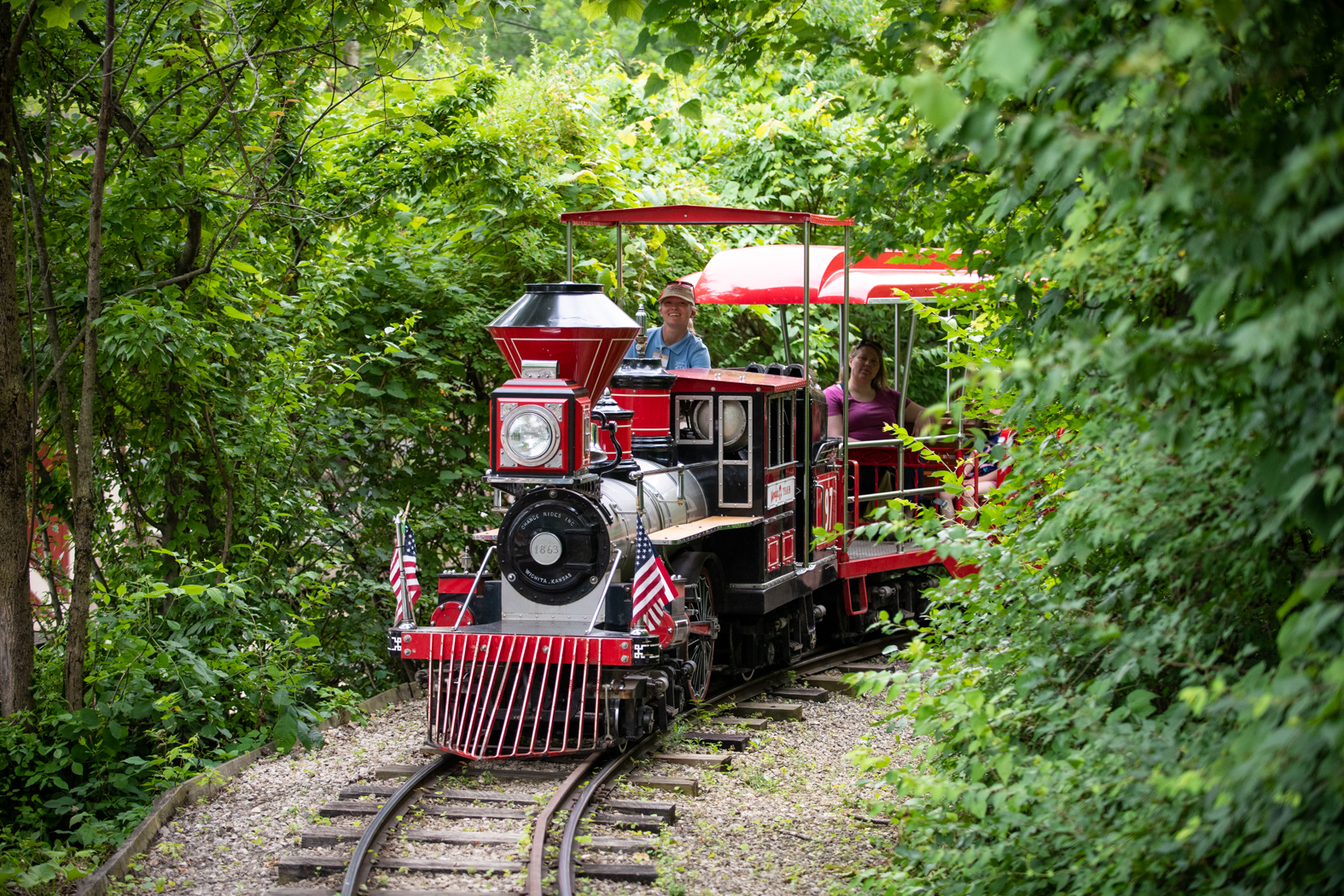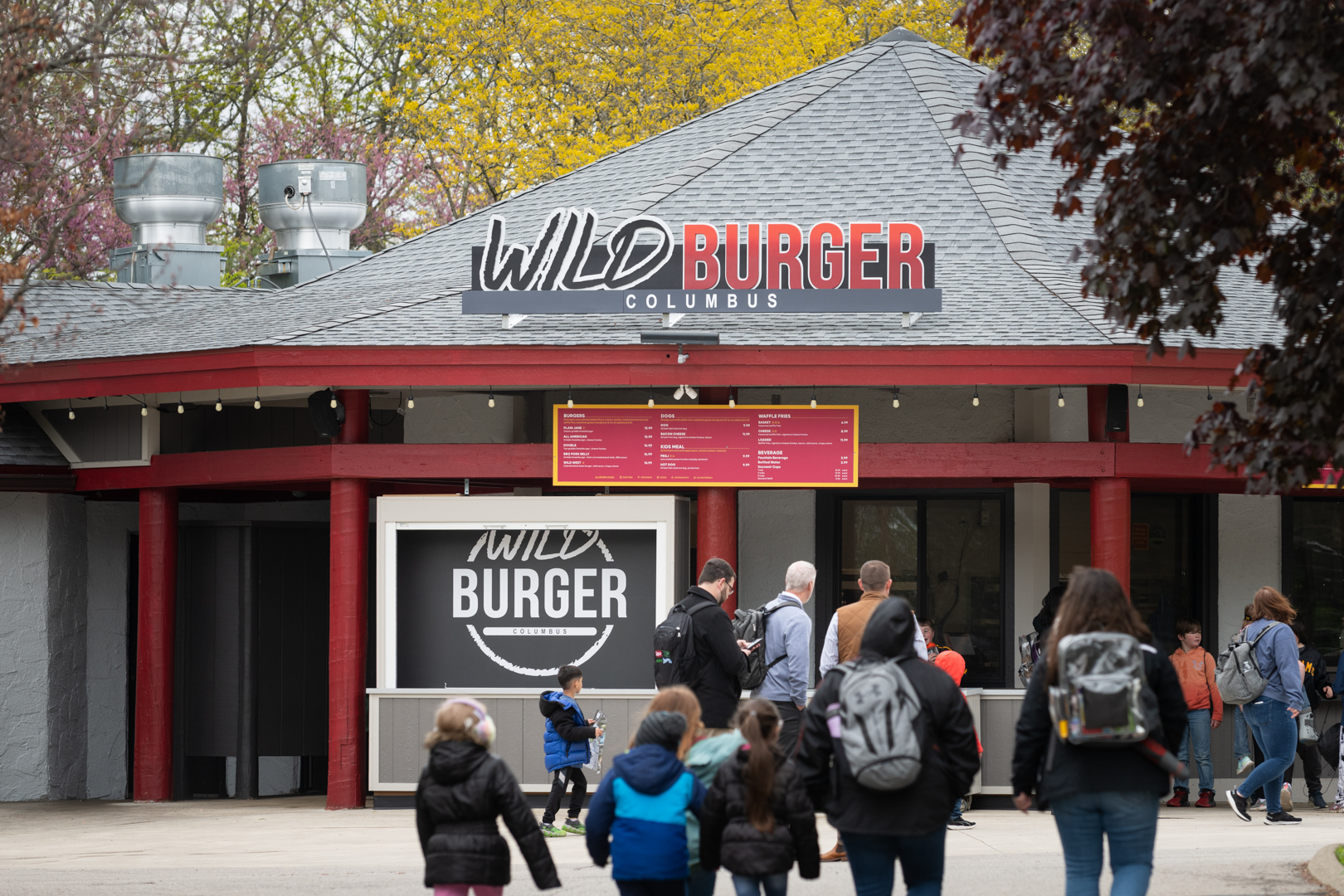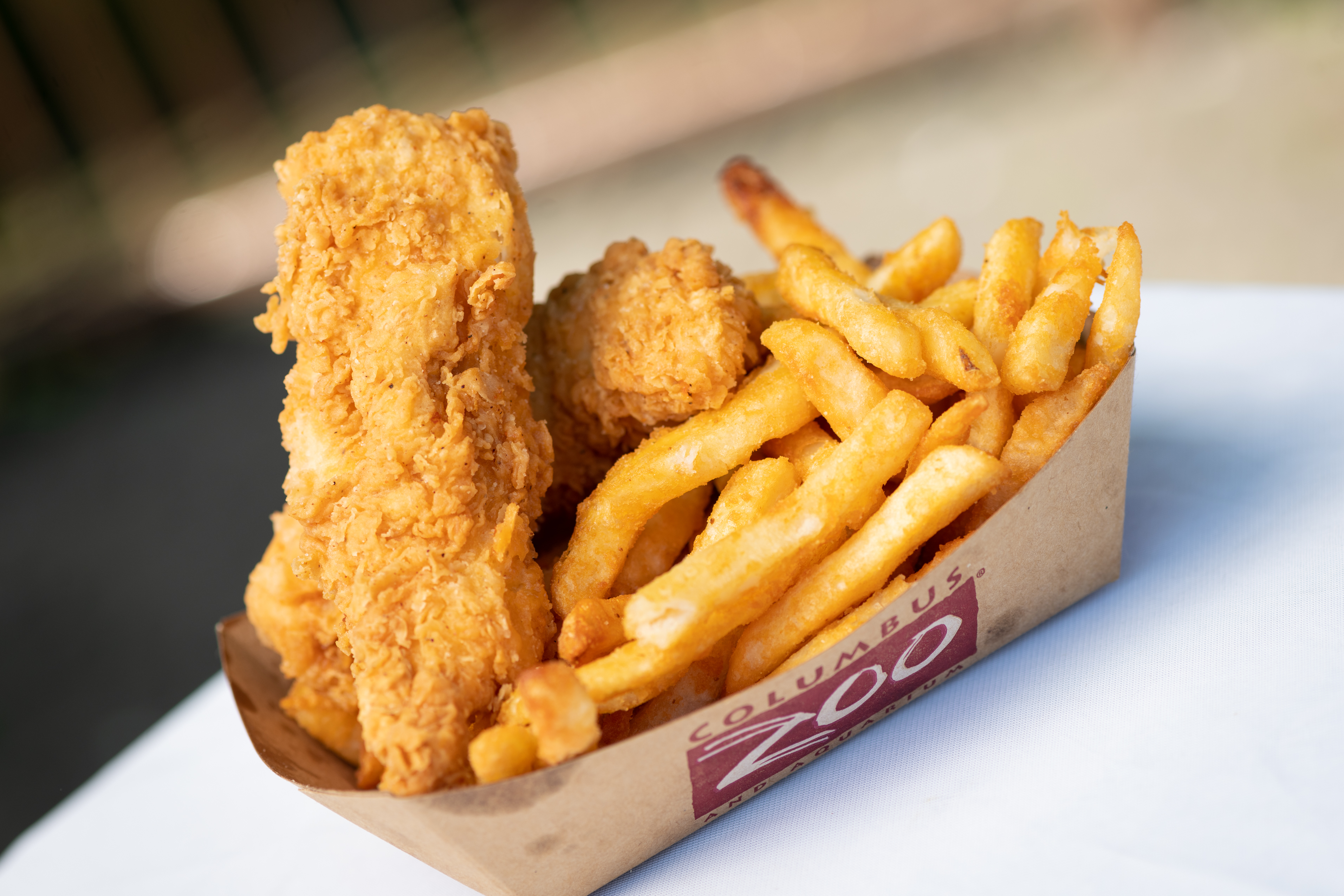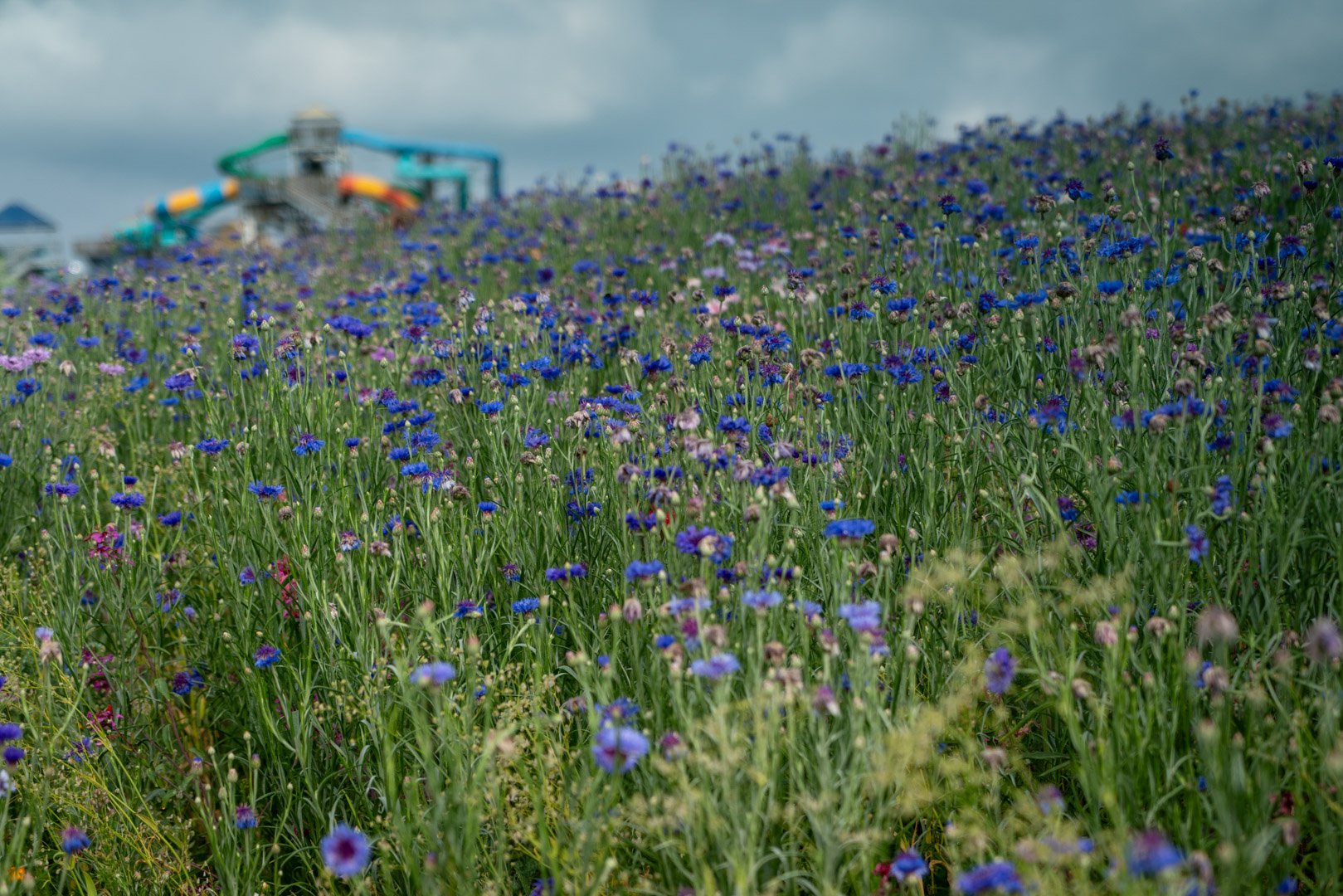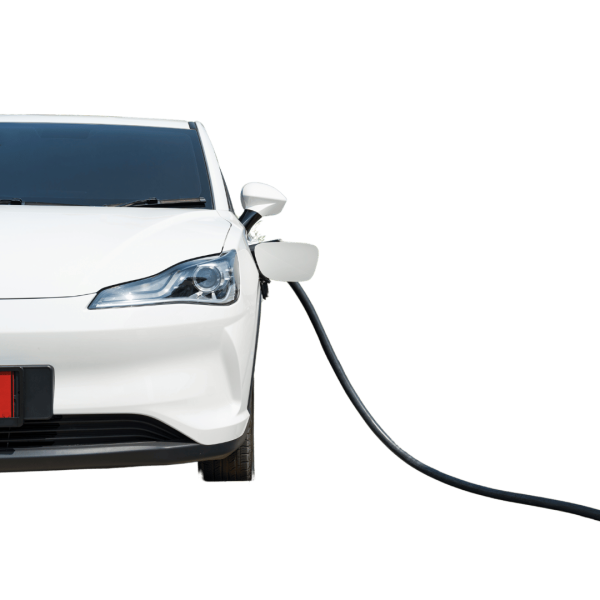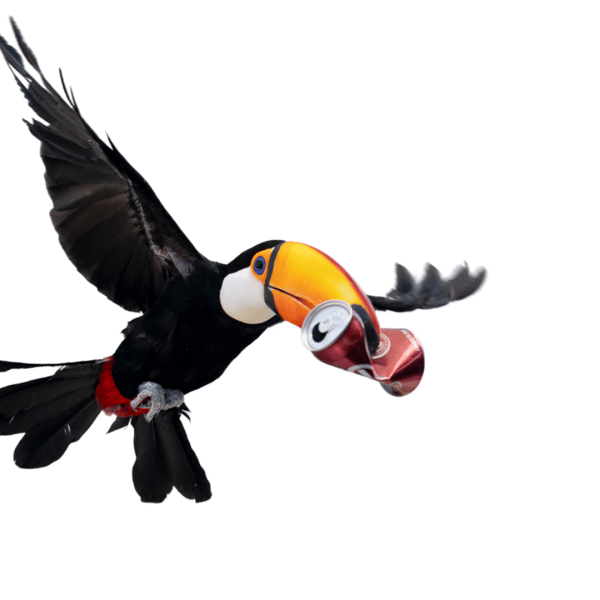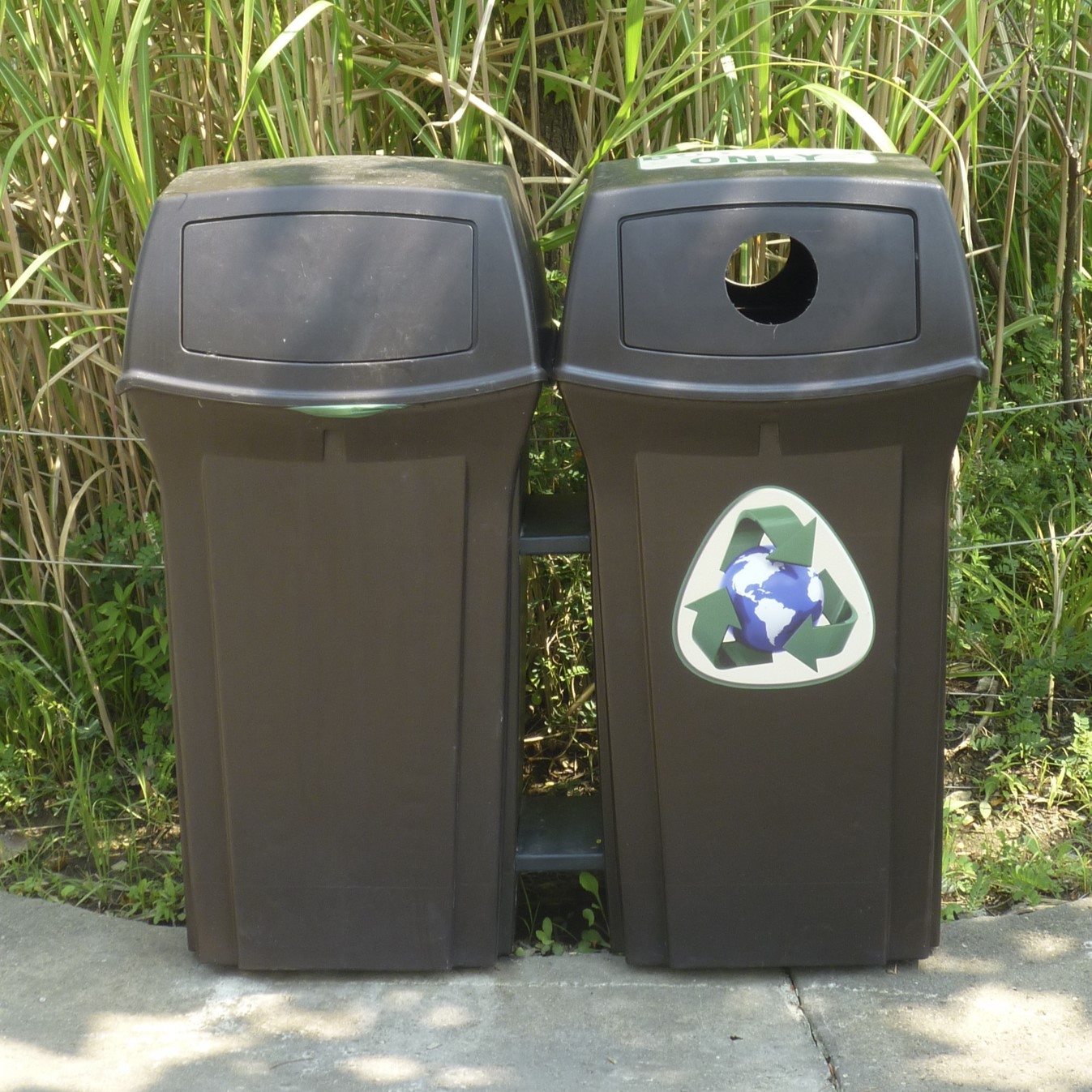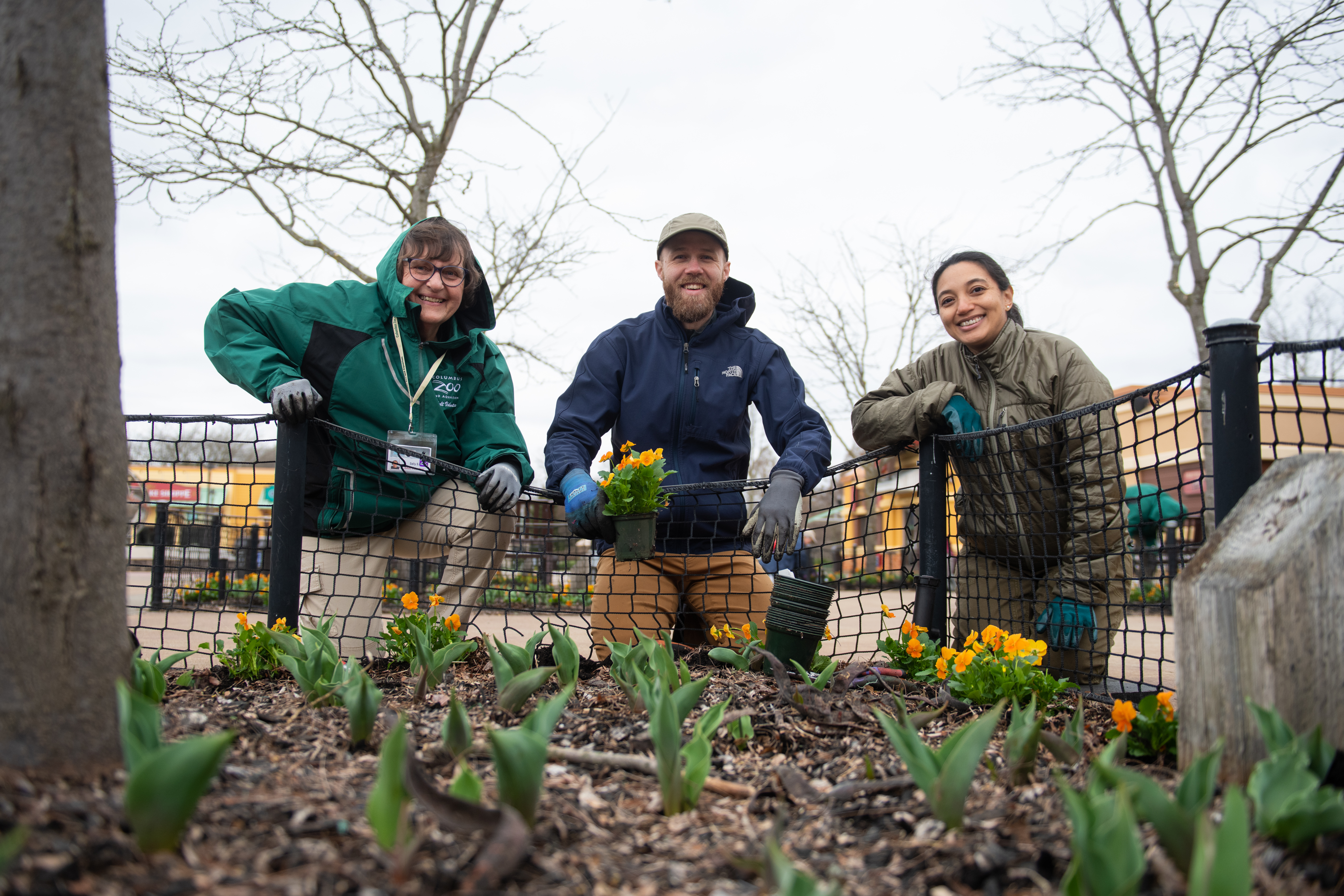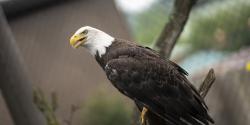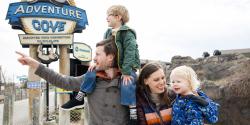Electronics Recycling
Since 2018, our parks have recycled over 25.7 tons of electronics. This was accomplished through a local partner, Accurate IT, who recycles all of our electronic waste.
Ball Aluminum Cups
The Columbus Zoo became the first zoo to introduce these reusable aluminum cups as an alternative to single-use plastic cups. Guests can find these cups throughout the Zoo and Zoombezi Bay at beverage locations.
Batt Patrol
Led by members of the Green Team, this group collects alkaline batteries for recycling at the Zoo, The Wilds, Zoombezi Bay, and Safari Golf Club and contributes to the conversation by reducing the organizations' environmental impact.
Food Waste
Large, catered events at the Zoo, like the Rwandan Fete and Wine for Wildlife, are zero-waste events! We partner with Columbus Food Rescue to donate any excess meals at the end of our large catered events.
Gorillas on the Line
A critical component of cell phones, and other small handheld devices, is coltan. Coltan is a very scarce resource, and one of the few places in the world where it can be found is in the forests of the eastern Democratic Republic of the Congo, under natural gorilla habitats. 80% of the coltan used is mined from this region!
With this presenting danger to the region's gorilla populations, Gorillas on the Line was launched. This program increases public awareness of the threats that gorillas face and encourages zoos to serve as centers of conservation action for gorillas through a phone recycling campaign.
The Columbus Zoo participates in Gorillas on the Line year-round, with a donation location within the Zoo's Guest Relations office, as well as during Earth Week, held every year in April.
Since 2019, the Zoo, Zoombezi Bay, Safari Golf Club, and The Wilds have contributed over 2,400 devices to the program.
Styrofoam Recycling
The Zoo partners with Accurate IT, who takes our styrofoam and reuses it for packing materials. During Earth Week in April, the Zoo also partners with the Solid Waste Authority of Central Ohio to collect styrofoam from guests on one of the days during a week-long recycling drive.


